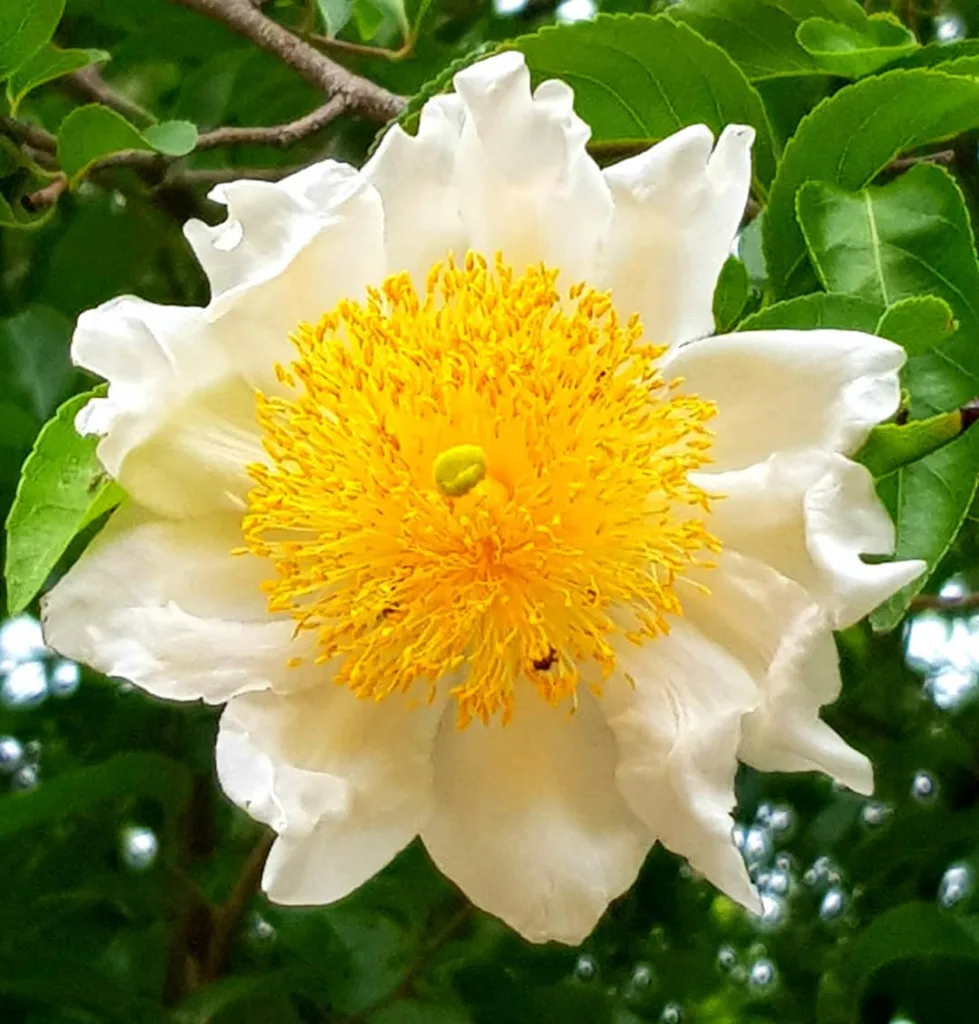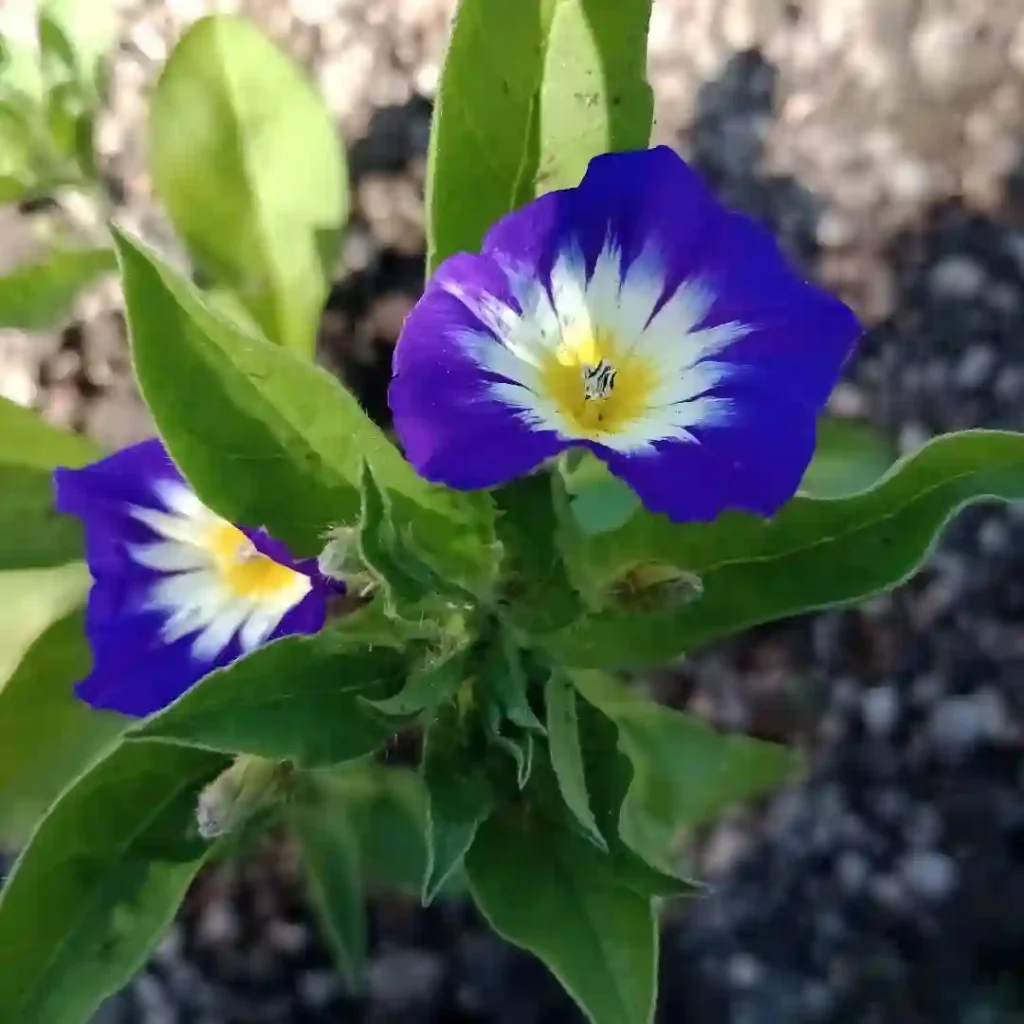FAQs About Aristolochia Californica
As a passionate plant enthusiast, I often find myself exploring unique flora, and Aristolochia Californica, commonly known as California Pipevine, has captured my attention. This remarkable plant is not just visually stunning but also a fascinating subject for those looking to expand their botanical knowledge. Here are some frequently asked questions about Aristolochia Californica, covering everything from care tips to its benefits.
553 Species in Genus Aristolochia
What is Aristolochia Californica?
Aristolochia Californica is a perennial vine native to California. Its distinctive, tubular flowers resemble pipes, giving it the name “Pipevine.” This plant thrives in shaded areas, often found in woodlands and near stream banks. The foliage is heart-shaped and can grow quite lush, making it an excellent choice for covering trellises or arbors.
Where to Buy Aristolochia Californica?
If you’re eager to add Aristolochia Californica to your collection, numerous options are available. Local nurseries often carry native plants, so check there first. Online retailers like Etsy or specialized plant websites also offer seeds and young plants. When purchasing, ensure you’re buying from reputable sellers to guarantee healthy specimens.
How to Care for Aristolochia Californica?
Caring for Aristolochia Californica is relatively straightforward. It prefers well-drained soil rich in organic matter. Here are some essential tips for its care:
- Light: While it can tolerate some direct sunlight, it thrives best in partial to full shade.
- Watering: Regular watering is crucial, especially during dry spells. Keep the soil moist but not soggy.
- Fertilizing: Use a balanced, slow-release fertilizer in spring to promote healthy growth.
How to Propagate Aristolochia Californica?
Propagating Aristolochia Californica can be a rewarding endeavor. The most common methods include:
- Seed Propagation: Collect seeds in late summer and plant them in spring. Soak seeds overnight before planting to improve germination rates.
- Cuttings: Take 6-8 inch cuttings in late spring and place them in moist soil. Keep the cuttings in a warm, shaded area until roots develop.
What to Plant With Aristolochia Californica?
Pairing Aristolochia Californica with complementary plants can enhance your garden’s beauty. Consider these options:
- Ferns: Their delicate fronds contrast beautifully with the bold leaves of Pipevine.
- Hostas: These shade-loving plants thrive in similar conditions, creating a lush, green backdrop.
- Astilbe: The feathery blooms of Astilbe add a splash of color to the shade garden.
Can You Grow Aristolochia Californica Indoors?
While it’s primarily an outdoor plant, you can grow Aristolochia Californica indoors with the right conditions. Ensure it receives adequate light, preferably from a south-facing window. Using a well-draining potting mix and keeping humidity levels up will also help mimic its natural environment.
Is Aristolochia Californica Toxic?
It’s important to note that Aristolochia species, including Aristolochia Californica, contain compounds that can be toxic to pets and humans if ingested. If you have children or pets, consider this when deciding where to plant it. It’s best used in areas where access is limited.
Benefits of Aristolochia Californica
This plant is not only beautiful but also beneficial. Here are a few advantages:
- Erosion Control: Its vigorous growth helps stabilize soil, making it ideal for slopes.
- Wildlife Habitat: Pipevine serves as a host plant for the Pipevine Swallowtail butterfly, supporting local ecosystems.
- Aesthetic Appeal: Its unique flowers and lush foliage create a stunning focal point in any garden.
Common Problems with Aristolochia Californica
While generally low-maintenance, Aristolochia Californica can face some issues:
- Pests: Watch out for aphids and spider mites. Regular inspections and neem oil can help keep them at bay.
- Fungal Diseases: Poor drainage can lead to root rot. Ensure the soil drains well to prevent this problem.
Comparing Aristolochia Californica to Similar Species
Many might confuse Aristolochia Californica with Aristolochia gigantea or other similar species. Here’s a brief comparison:
- Aristolochia Gigantea: Known for its larger flowers, this species prefers warmer climates and can be more challenging to grow in cooler areas.
- Aristolochia Serpentaria: Also known as Virginia Snakeroot, this species is smaller and has different medicinal properties.
In conclusion, Aristolochia Californica is an exceptional plant that deserves a place in any garden. With its unique appearance and ecological benefits, it’s a conversation starter and a beautiful addition to any landscape. Whether you’re an experienced gardener or a curious beginner, understanding its care and characteristics will help you appreciate this remarkable vine even more.
If i die, water my plants!


